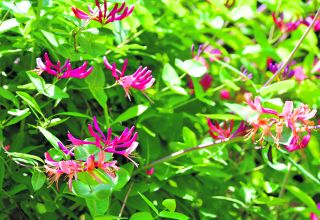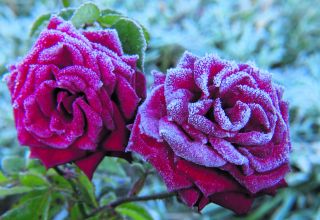Fritillaria are uncommon and trendy additions to spring gardens, blooming in a dizzying array of unusual shapes, sizes, colours, and patterns that are truly out of this world.
Many gardeners fall head over heels for fritillaria, exotic-looking plants which stand apart from the rest.
It’s easy to understand their adoration.
In a spring garden full of daffodils, tulips, and other conventional spring bloomers, they bring their own distinct personality to spring flowerbeds and containers.
They are most of all loved much loved for their bell-shaped flowers in spring. The range from the diminutive and delicate Fritillaria meleagris to the tall, bold Fritillaria imperialis. There are around 170 species of these summer-dormant, bulbous plants to choose from with a wonderful choice of colour, style and form.
The bulbs of fritillaries should be planted in autumn.
Most have small bulbs, although those of the mighty crown imperial can be larger than a tennis ball and have a foxy smell.
Most spring-flowering bulbs prefer relatively dry growing conditions, especially in the summer months. Most fritillaria need slightly more moisture during the growing season and perform best in soil that is high in organic matter. Well drained soil is important to ensure the bulbs don’t rot during the winter.
While most autumn-planted bulbs have a protective covering (called a tunic) that helps prevent moisture loss, fritillaria bulbs are naked. This makes them more perishable, so the less time the bulbs are out of the ground the better. Ideally you need to buy fresh, properly stored bulbs as soon as they are available, and get them planted by mid-October.
If you are growing Fritillaria imperialis as an annual, there is no need to fertilise the bulbs at planting time. For other types, you can add compost and a small amount of all-purpose fertiliser at planting time.
Crown imperial bulbs have a natural depression on top where moisture can gather. This makes them sensitive to excess moisture and more vulnerable to rot. Be sure to always plant them in well-drained soils. At planting time, adding coarse sand, finely crushed stone or perlite to the planting hole can help encourage good drainage.
Fritillaria imperialis bulbs have a skunky odour and are said to repel voles. Deer avoid both the plants and the flowers.
One other thing to know about growing fritillaria. In any given batch of bulbs, a percentage will be ‘blind.’ These are bulbs that come up and produce foliage, but do not produce a flower. This behaviour is somewhat of a horticultural mystery. It’s not about the size or quality of the bulbs, just an annoying characteristic of the species. Since there’s no way to know ahead of time which bulbs will not bloom, it’s good to plant some extras so you’re not disappointed.
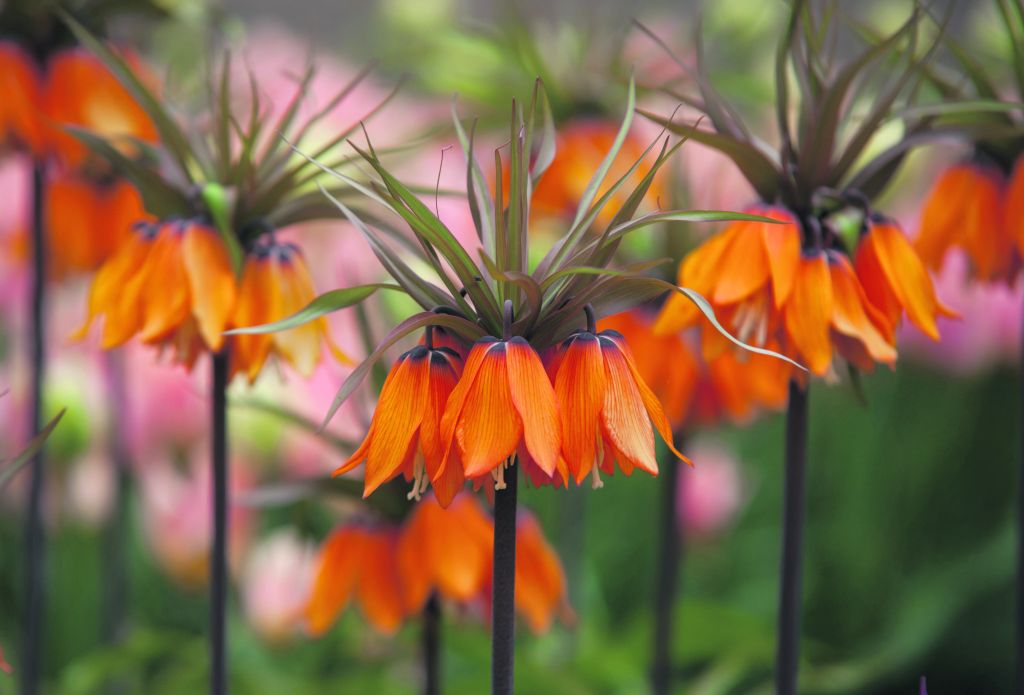
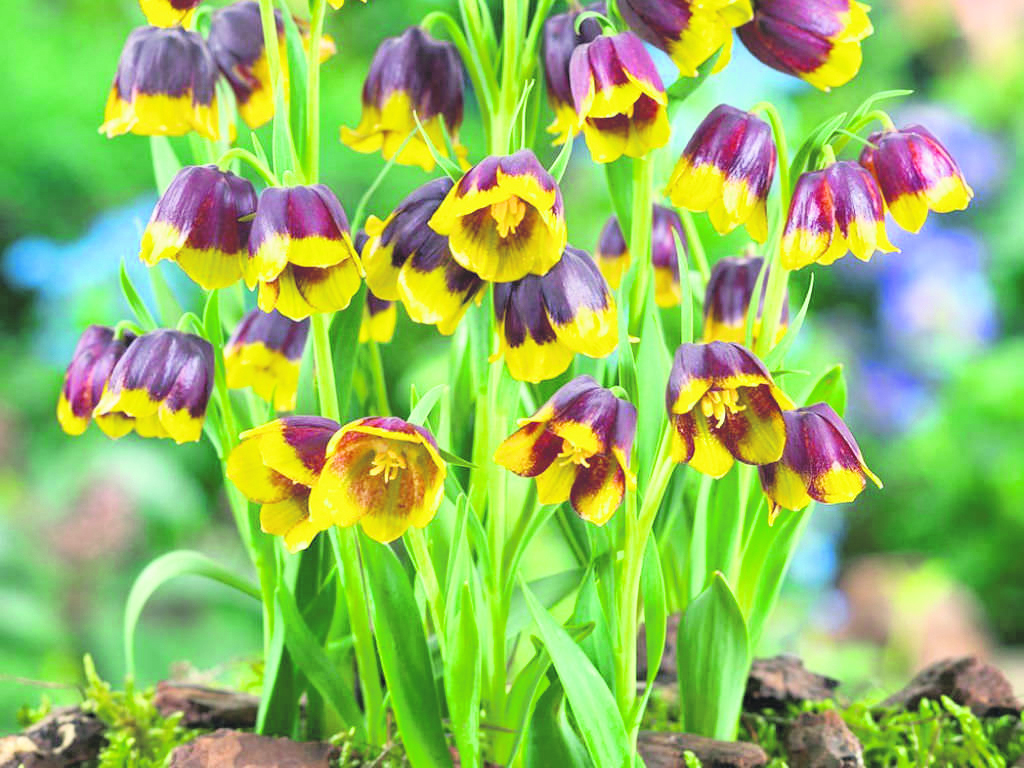
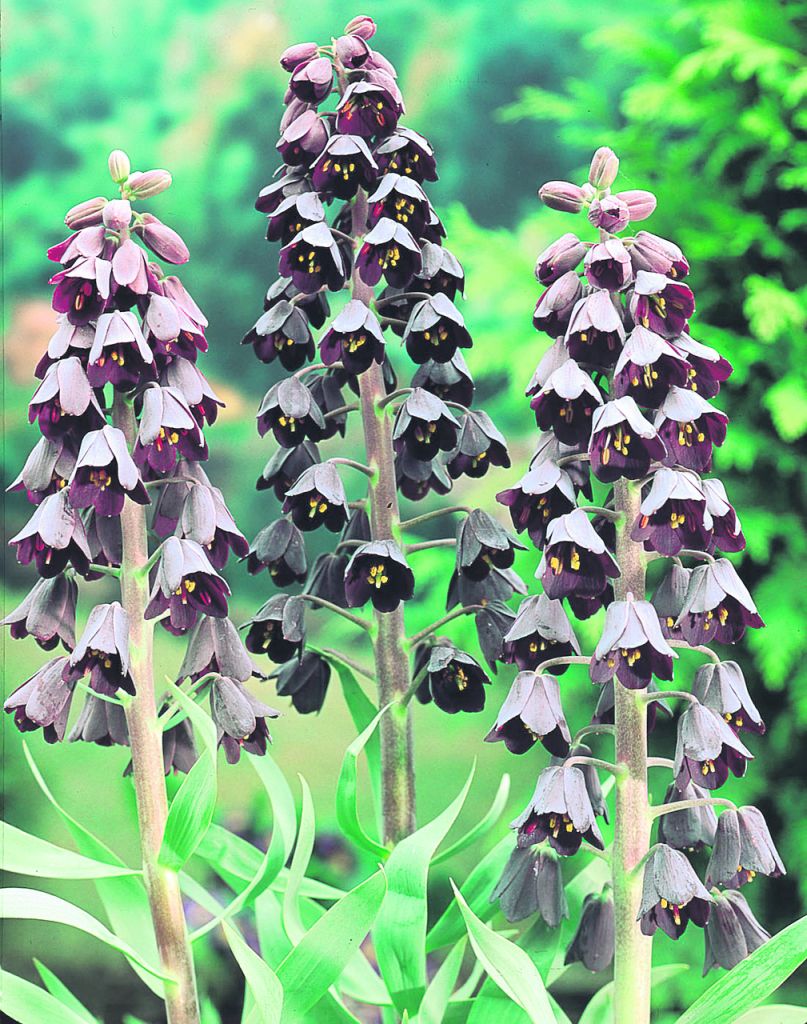
Crown imperial, Fritillaria imperialis, is a handsome giant. Everything about it is large – the bulbs are fist-size and the robust flower stems can reach one metre in good soil, with pendent bell-shaped flowers typically 5-8cm long and wide. A large clump of Fritillaria imperialis is an imposing sight, and it’s quite undemanding once the bulbs are established.
Fritillaria meleagris is the only fritillary to reliably do well in grass. It will do best in a damp, shallow hollow in a lawn, lightly shaded by deciduous trees or along a hedge. Plant the bulbs by lifting the turf, placing the bulbs on the soil and replacing the turf. They will flower in mid-spring but make sure the grass is not cut until the fritillary leaves have died down for the summer.
Fritillaria persica, known as the Persian lily, makes a great late-spring bulb for a south-facing herbaceous border, the bulbs protected from summer heat by the surrounding perennials.
Fritillaria michailovskyi (Michael’s Flower) is a bulbous perennial with a truly stunning look and has gorgeous deep purple nodding flowers that are bell-shaped with petals that are brushed with tips of bright yellow.
Fritillaria affinis also known as the chocolate lily and is almost extinct in the wild but becoming popular as a garden plant and now more widely available It produces dark, purple, black flowers from mid to late spring.
Fritillaria tips
• Make some additions to the soil with finely ground bark, decomposed manure, or compost to improve drainage and encourage a healthy start.
• Wear gloves when planting fritillaria if you have sensitive skin. Some experience an itchy or tingly sensation when handling the bulbs.
• Think twice about planting in containers, as fritillaria do best when left undisturbed for long periods of time.
• Don’t worry if your bulb arrives with a hole in the top. This spot is indicative of where last year’s stem grew, and while it looks rather odd, it’s totally normal.
• Fritillaria prefer dry sites when they are dormant.
• You can cut the shorter fritillaria flowers when in bloom for striking bouquets by cutting the stems of Crown Imperials often a half of the stalk, which can negatively impact the following spring’s flower production.




